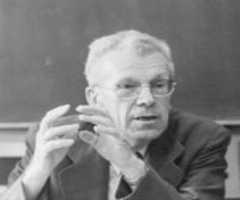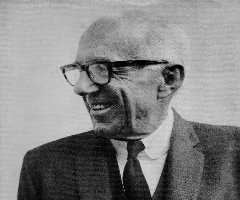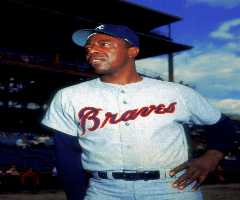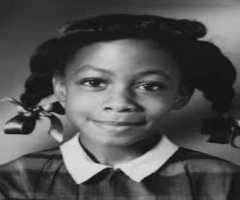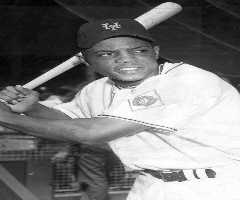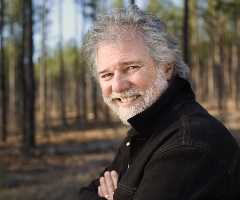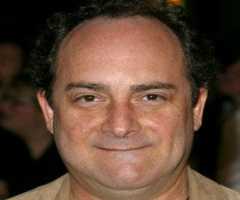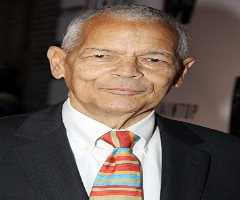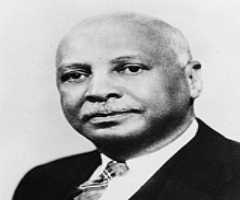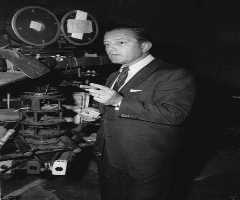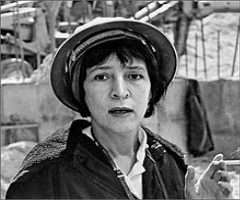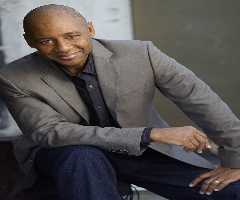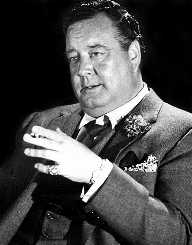
Also Known For : Virologist
Birth Place : Auburn, Alabama, United States of America
Died On : August 4, 2003
Zodiac Sign : Virgo
Frederick Chapman Robbins Biography, Life, Interesting Facts
EARLY LIFE AND EDUCATION
Frederick Chapman Robbins was born on August 25, 1916, in Auburn, Alabama, United States of America. His father William J. Robbins was a plant physiologist who became the Director of the New York Botanical Gardens. His mother's name was Christine, and she was also a Botanist. He had two younger brothers and was a master polo player in his childhood days. He had won many awards in the game.
Robbins received his A.B. degree in 1936 and B.S. in 1938 from the University of Missouri, which he attended after completing his preliminary education. He joined the Harvard Medical School after securing his B.S. degree and graduated from there in 1940. He was appointed as the resident physician in bacteriology at The Children's Hospital Medical Center in Boston, Massachusetts. He underwent the training for the next two years.
CAREER
Frederick Chapman Robbins joined the United States Army in 1942. He was assigned to the Fifteenth Medical General Laboratory as Chief of the Virus and Rickettsial Disease Section during his military service. In this capacity, he toured the United States, North Africa, and Italy. Simultaneously, he held the post of a supervisor of a diagnostic virus laboratory and studied the immunology of mumps. He also concentrated his attention on investigating infectious hepatitis, typhus, fever and Q fever during this period.
Frederick Chapman Robbins resumed his training as a resident physician in bacteriology at The Children's Hospital Medical Center in 1946 immediately after being relieved of his military duties and completed it in January 1948. Soon after the completion of his training, he received a Senior Fellowship in Virus Diseases of the National Research Council and got an opportunity to work with Dr. John F. Enders in the Research Division of Infectious Diseases, The Children's Hospital Medical Center. He held the fellowship until 1950 and at the same time served as a member of the Faculty of the Harvard Medical School.
Robbin’s work in collaboration with Dr. John F. Enders and other team members resulted in cultivating polio and other viruses in the laboratory. Together with Enders and Thomas Weller, Robbins succeeded in growing the viruses using a mixture of human embryonic skin and muscle tissue after much effort. They followed it up with the study of the cultivation of poliomyelitis virus in tissue culture and the practical application of the technique. This breakthrough work in isolation and growth of the poliovirus paved the way to develop polio vaccines by the likes of Jonas Salk, Albert Sabin, etc.
During his stay in Boston, Frederick Chapman Robbins was appointed Associate in Pediatrics on the Faculty of Harvard Medical School, Associate in the Research Division of Infectious Diseases, and Associate Physician and Associate Director of the Isolation Service at The Children's Hospital Medical Center. He was also a Research Fellow in Pediatrics at The Boston Lying-in Hospital and Assistant to the Children's Medical Service, Massachusetts General Hospital.
In May 1952, Frederick Chapman Robbins moved to Cleveland, Ohio on being appointed as the Professor of Pediatrics at Western Reserve University School of Medicine and Director of the Department of Pediatrics and Contagious Diseases, Cleveland Metropolitan General Hospital. He was also selected as the Chairman of the Committee on Medical Education of Western Reserve University School of Medicine since 1958. In 1966, he assumed the charge of Dean of the School of Medicine at the Case Western Reserve Hospital. He served the position until 1980.
Frederick Chapman Robbins assumed the Presidency of the National Academy of Sciences’ Institute of Medicine after that. He led from the front and was instrumental in formulating a national policy on vaccine development and vaccine safety during his tenure as the President of the Institute. He also worked for the development of public policy about AIDS. He returned to Case Western Reserve in 1985 as Dean Emeritus and Distinguished University Professor Emeritus. He continued to be associated with the medical school until his death in 2003.
AWARDS AND ACHIEVEMENTS
In 1945, Frederick Chapman Robbins received the Bronze Star for his distinguished service with the Army during World War II.
In 1954, he was awarded the Nobel Prize for Physiology or Medicine along with John Franklin Enders and Thomas Weller for successfully cultivating poliomyelitis virus in tissue cultures. He was the youngest among the three.
Frederick Chapman Robbins was elected as the Fellow of American Academy of Arts and Science in 1962.
In 1999, he was awarded the Benjamin Franklin Medal by the American Philosophical Society, Philadelphia for his remarkable achievement in the field of Science.
PERSONAL LIFE AND LEGACY
Frederick Chapman Robbins married Alice Havemeyer Northrop, daughter of Nobel Laureate scientist John H. Northrop in 1948. He met his would-be-wife at Dr. Thomas Weller’s laboratory when she was working there as a Laboratory Technician. They were blessed with two daughters, Alice Christine Robbins and Louise E. Robbins.
On August 4, 2003, Robbins breathed his last in Cleveland, Ohio. He was 86 at the time of his death. The reason behind his death was reported to be congestive heart failure.
In his honor, the Case Western Reserve University School of Medicine started a society by the name of ‘Frederick C. Robbins Society.’
